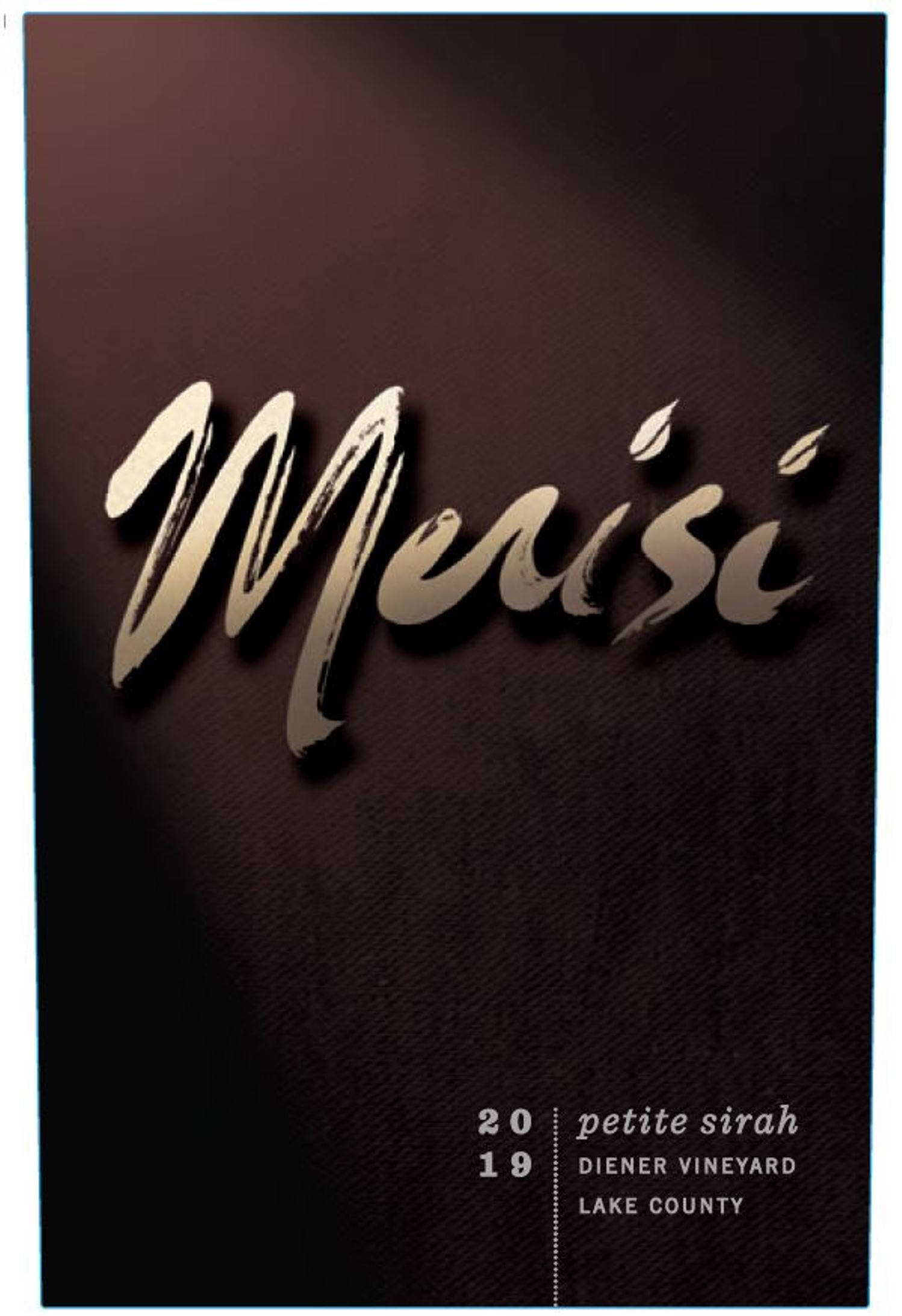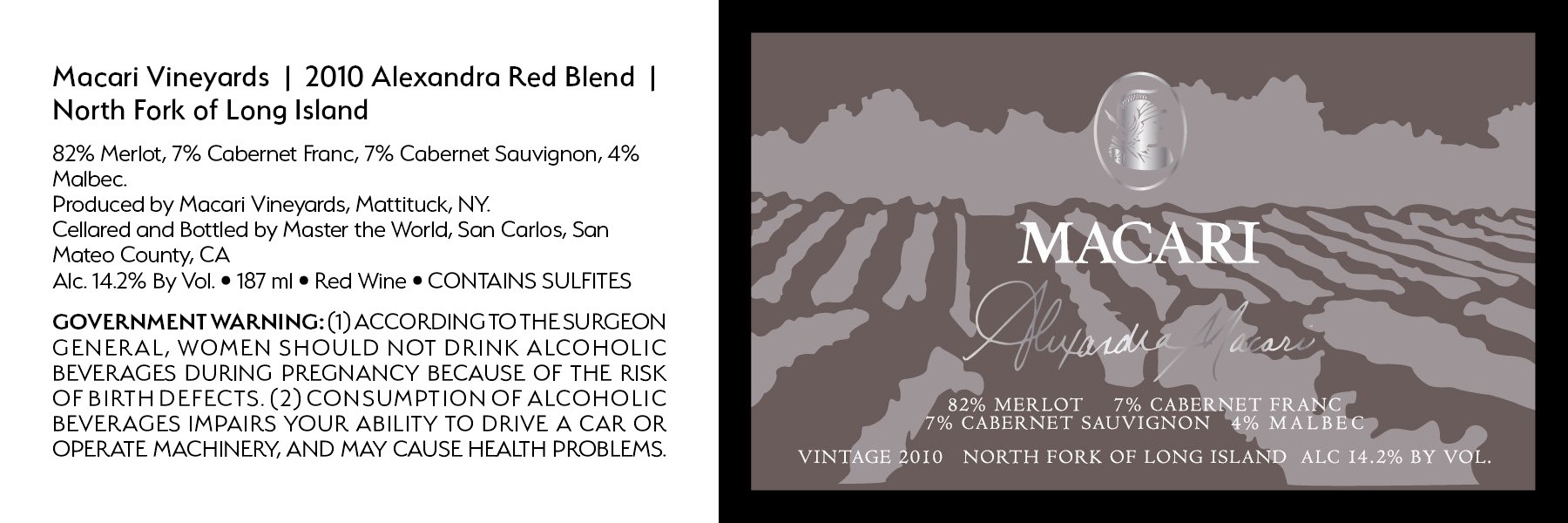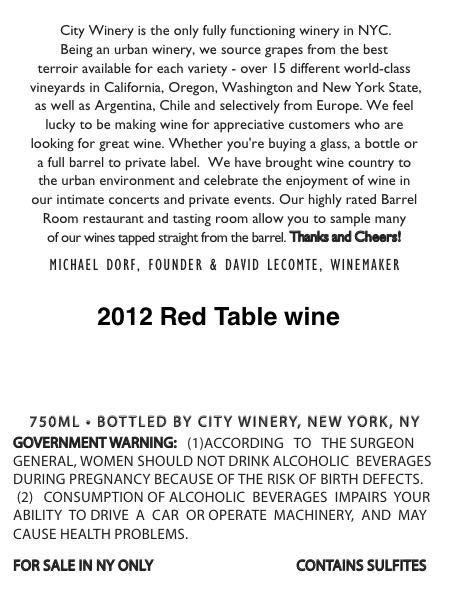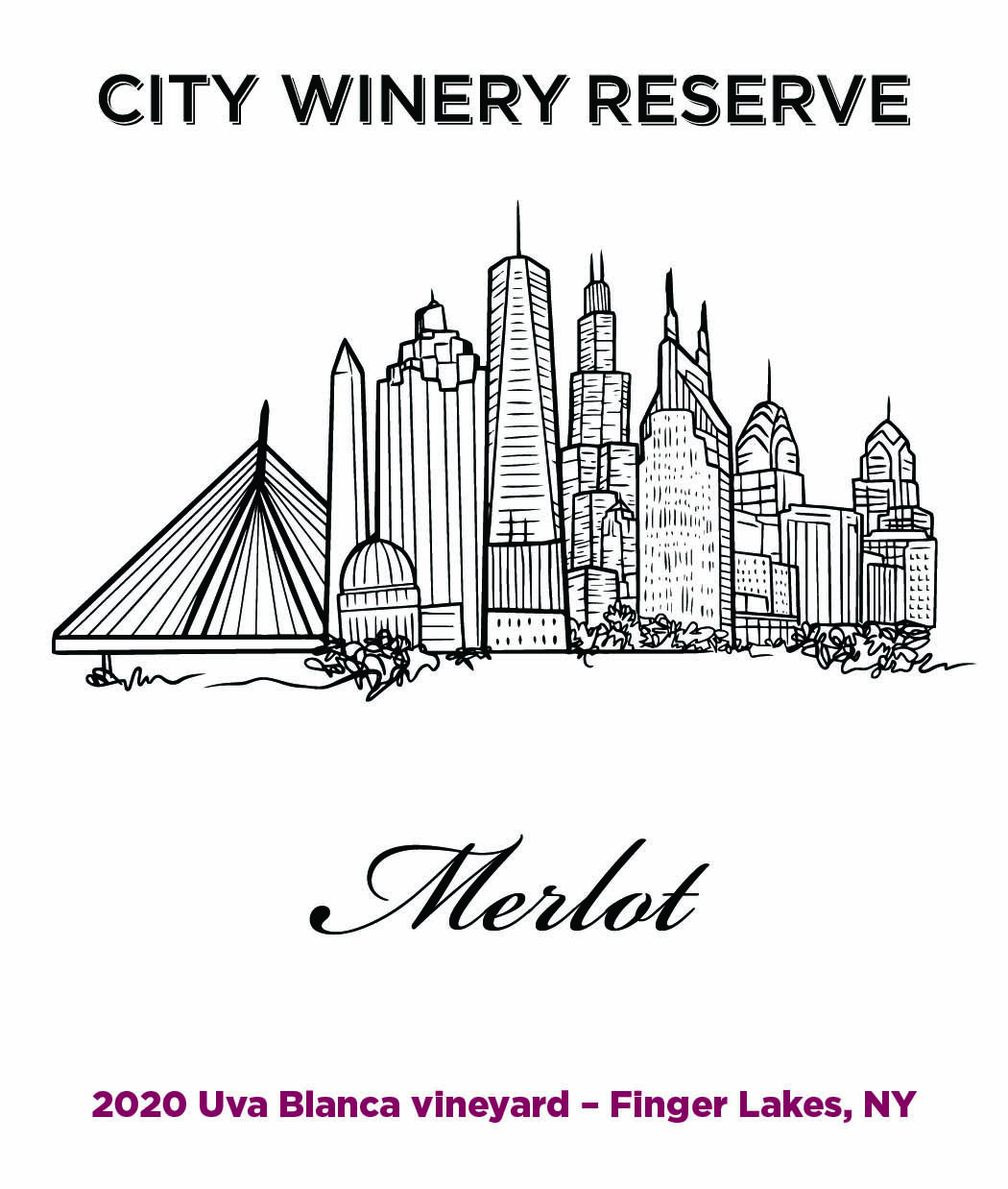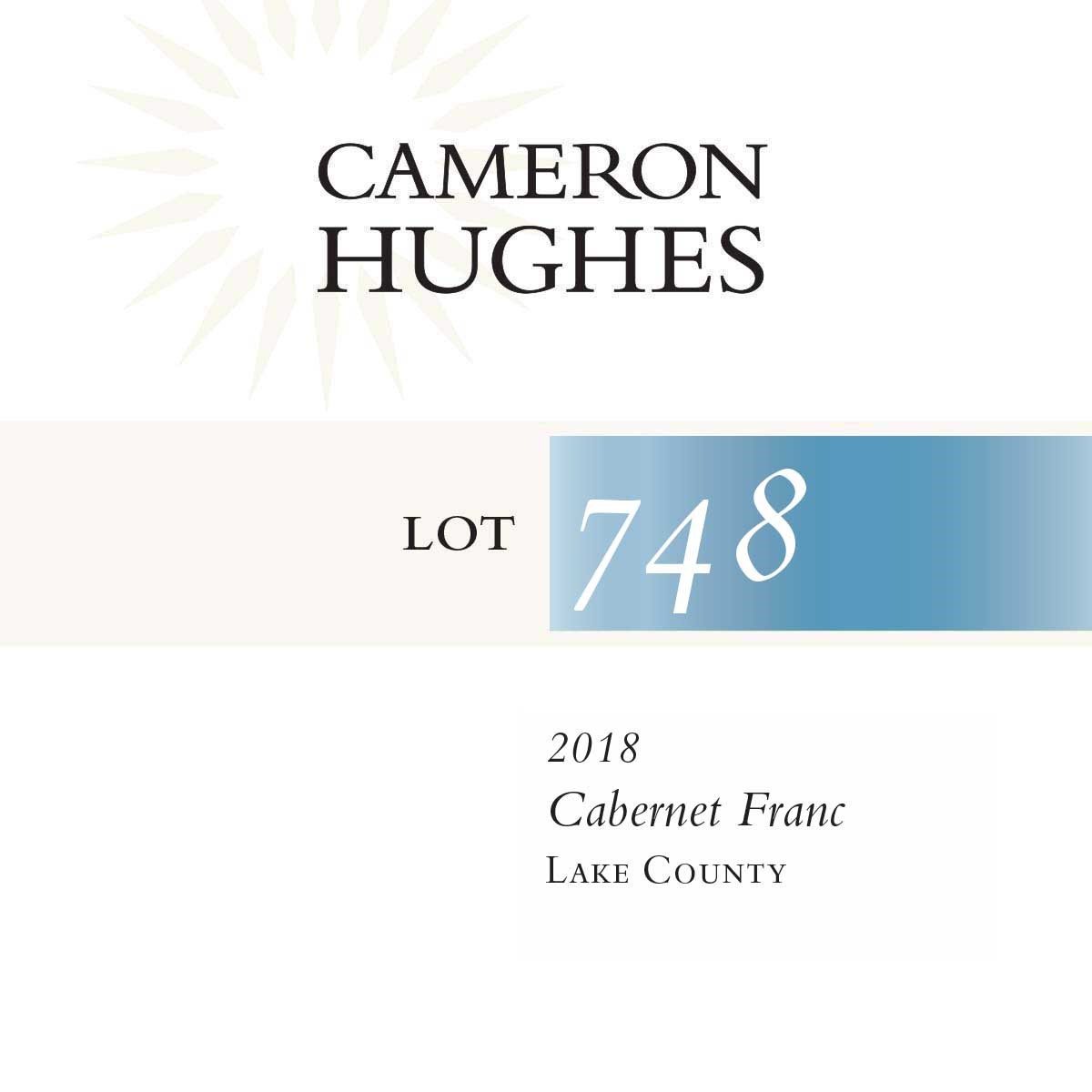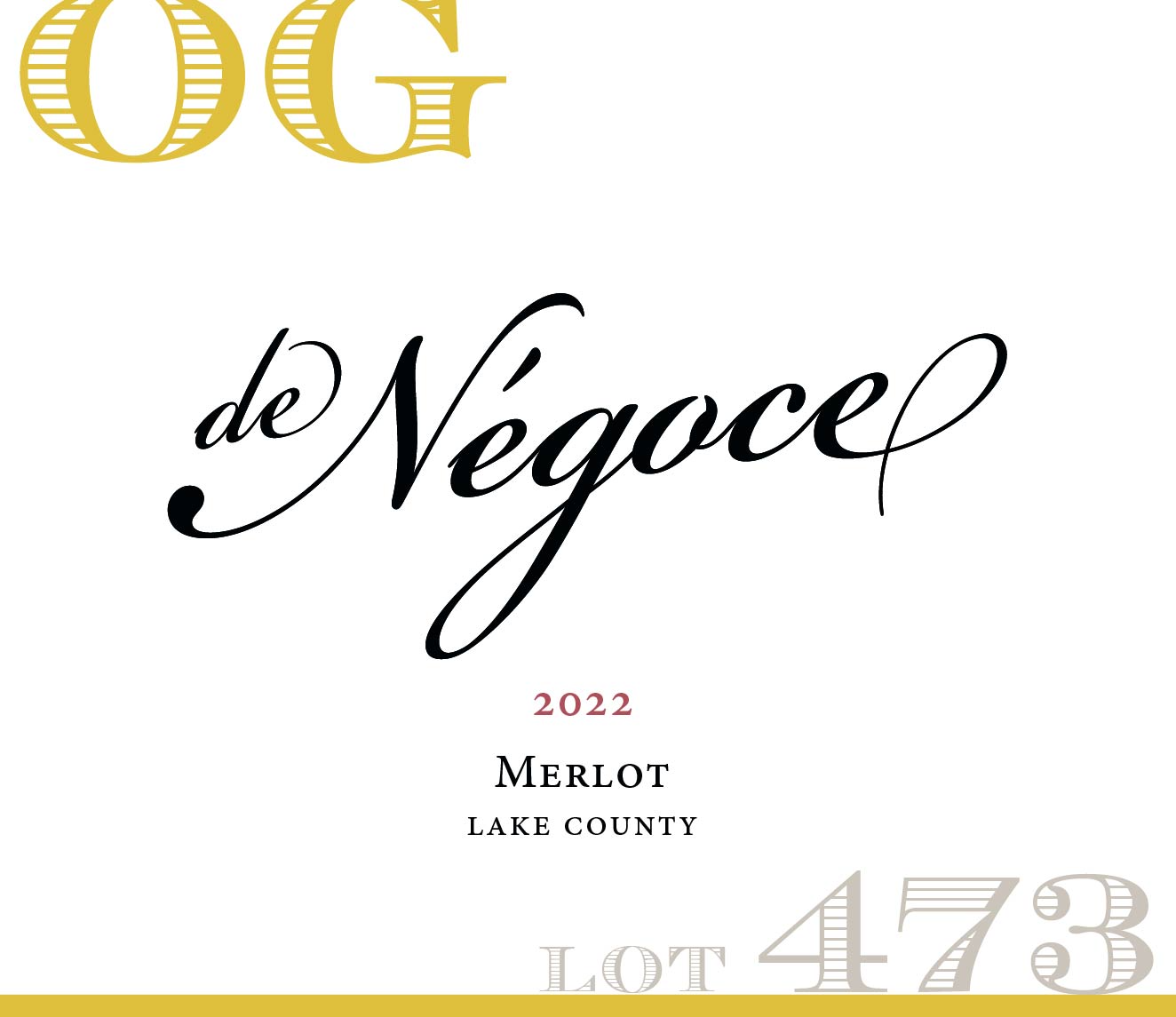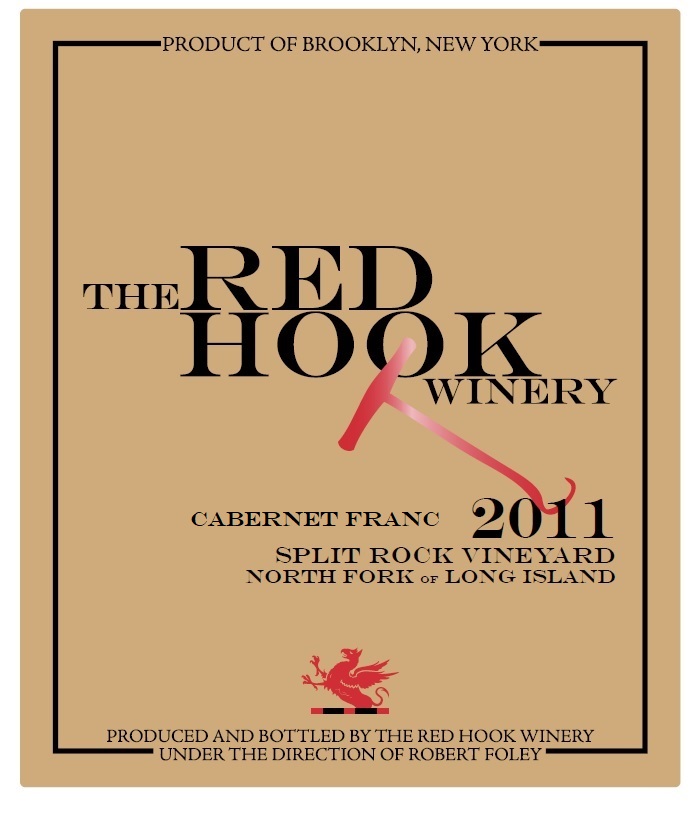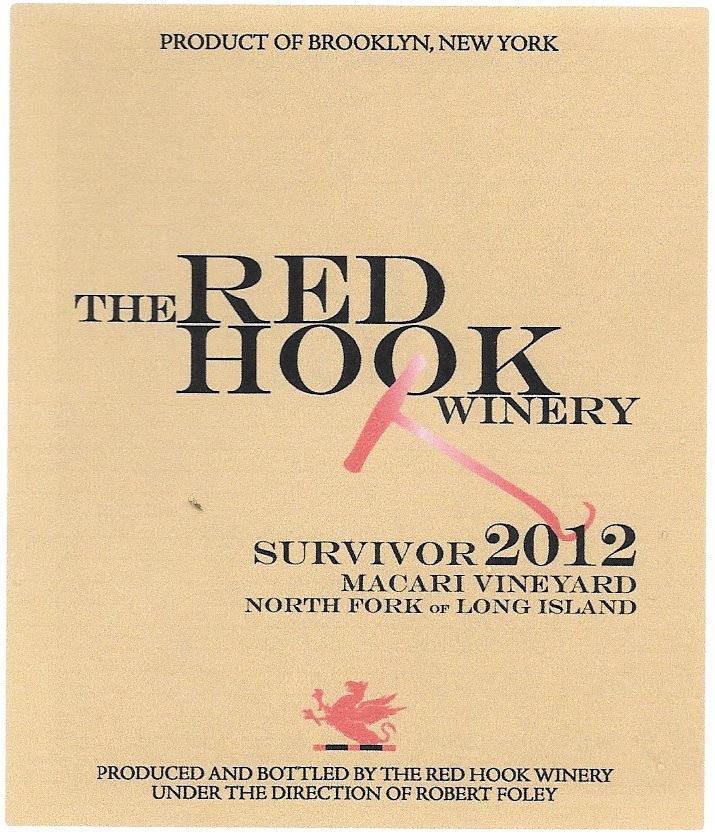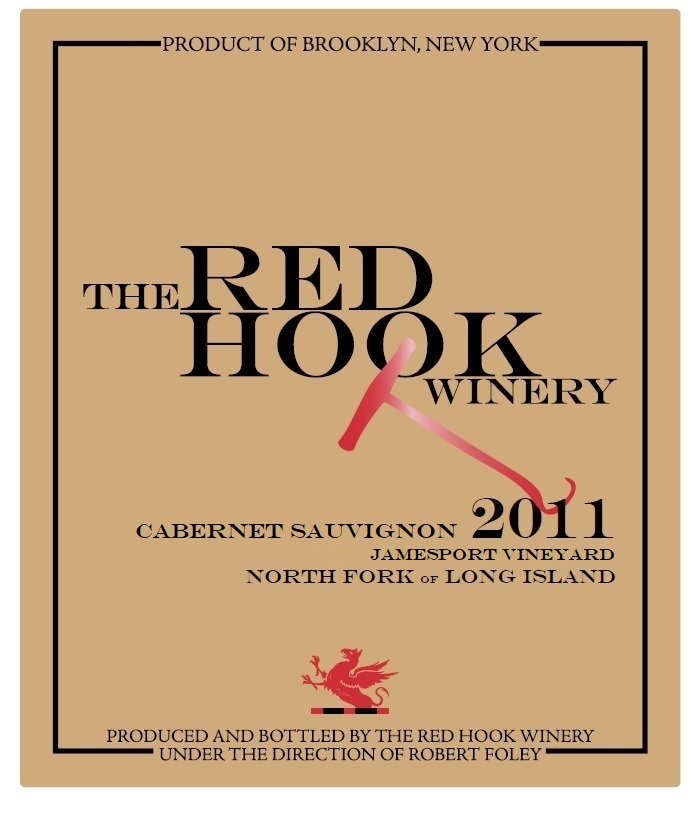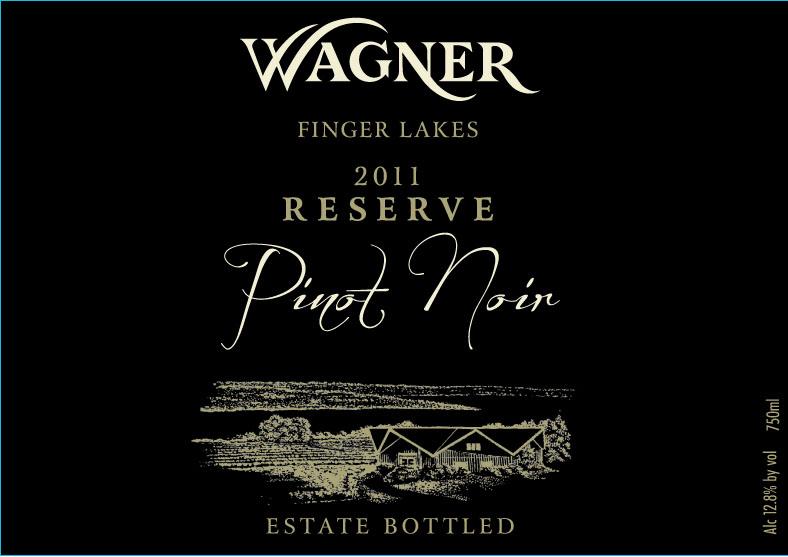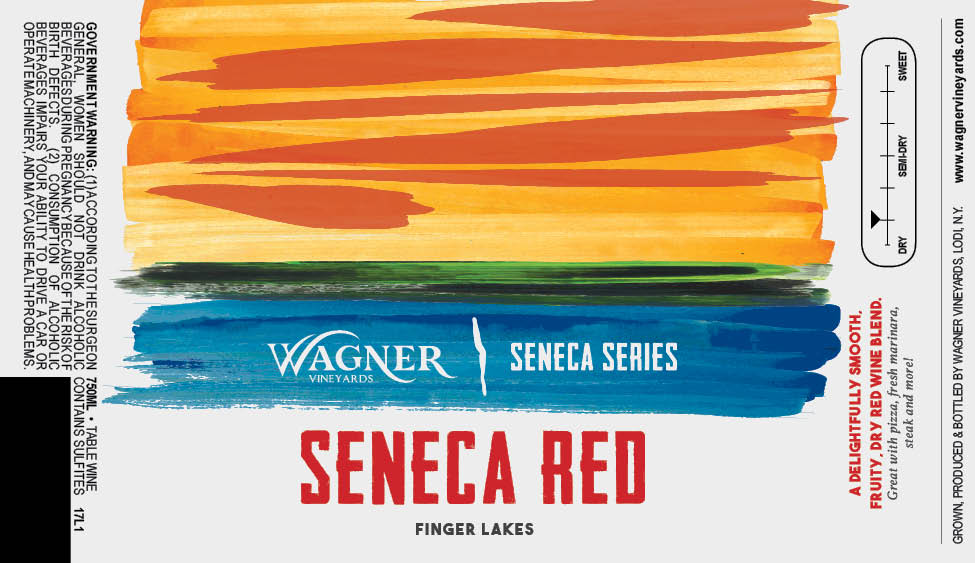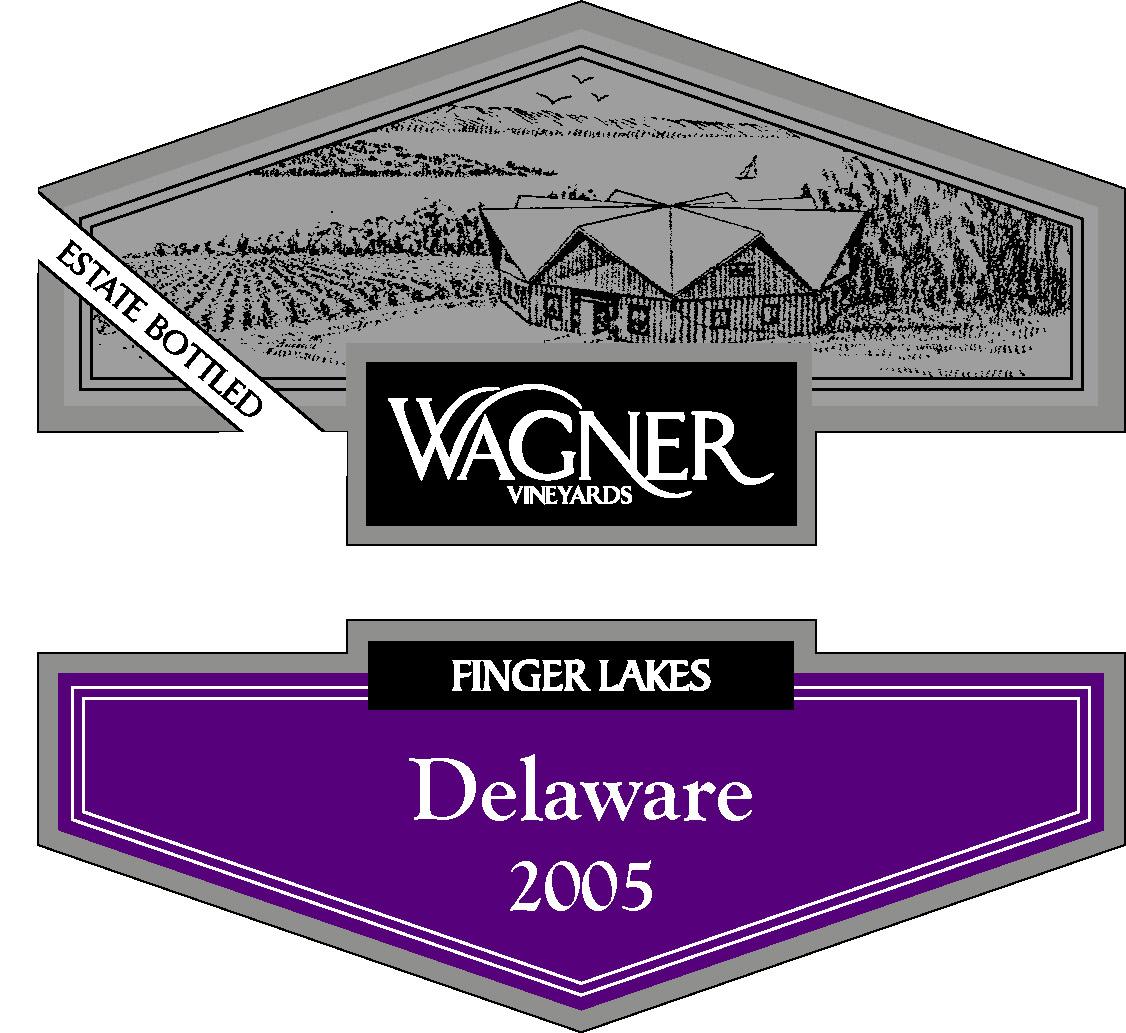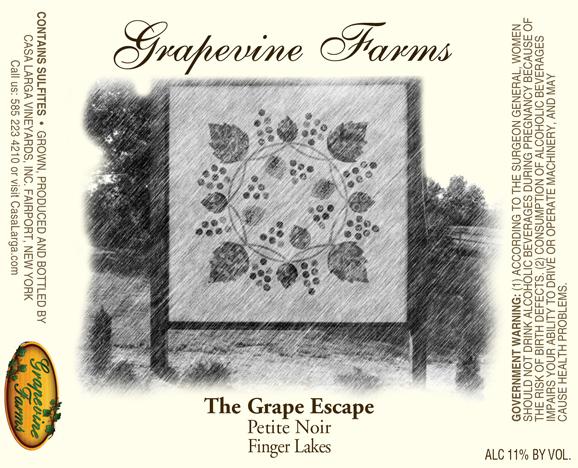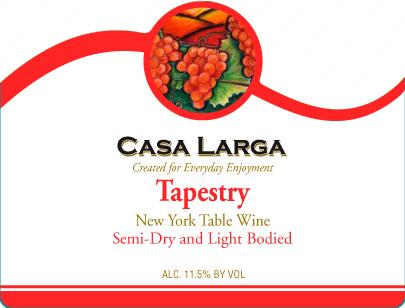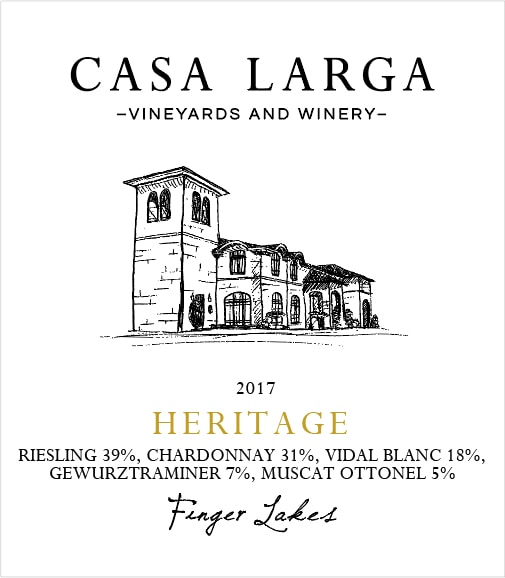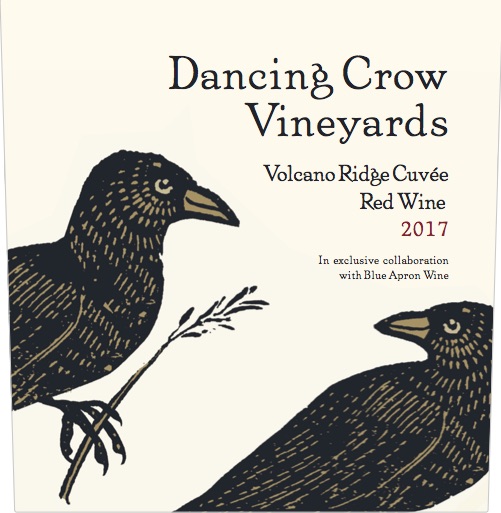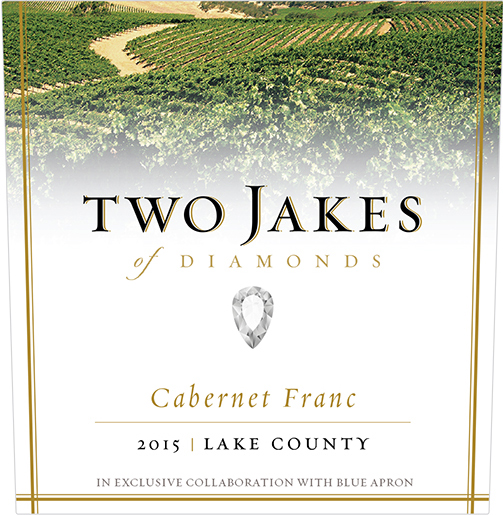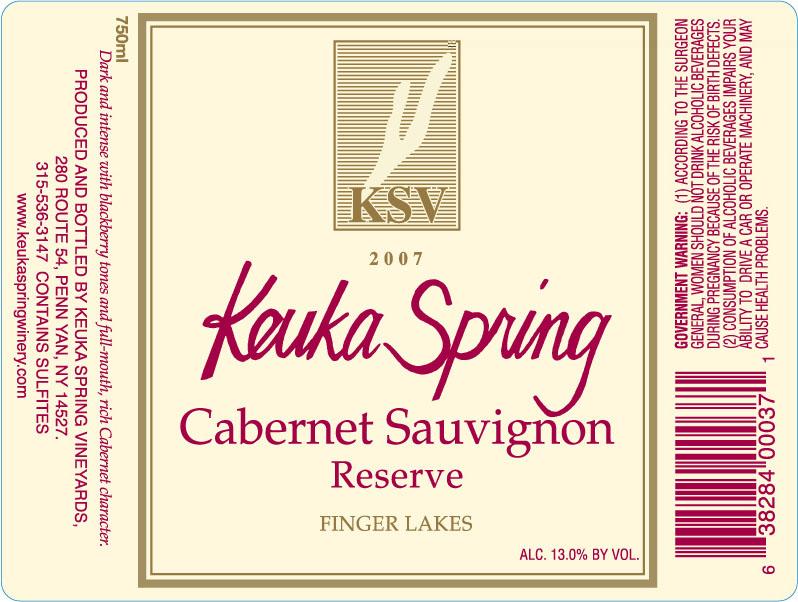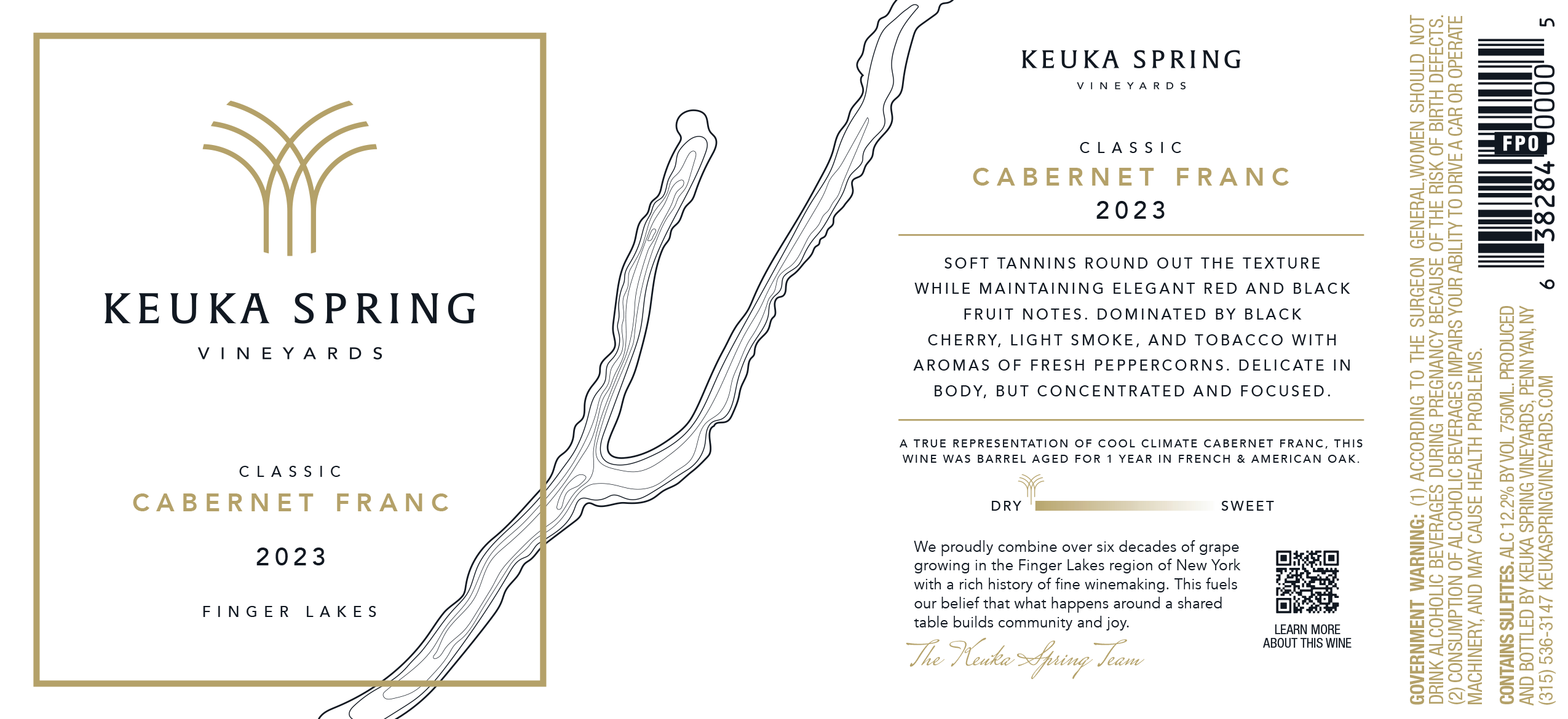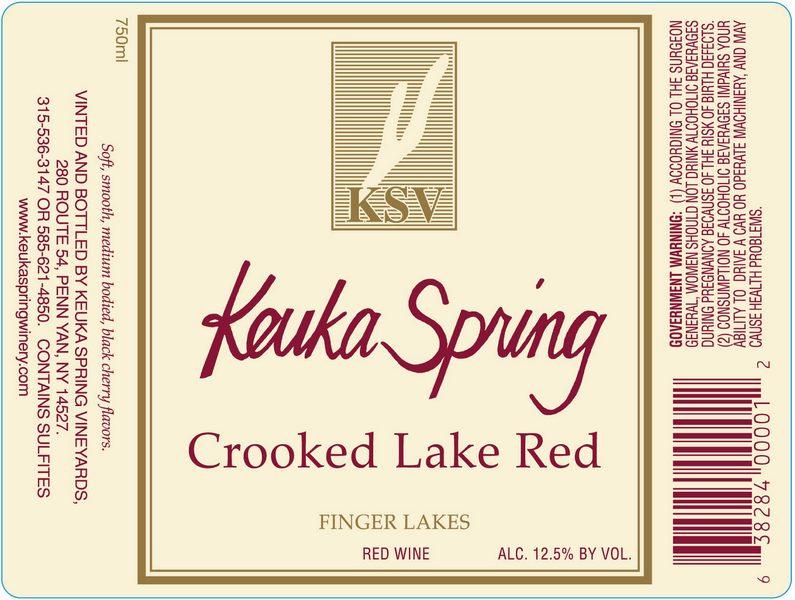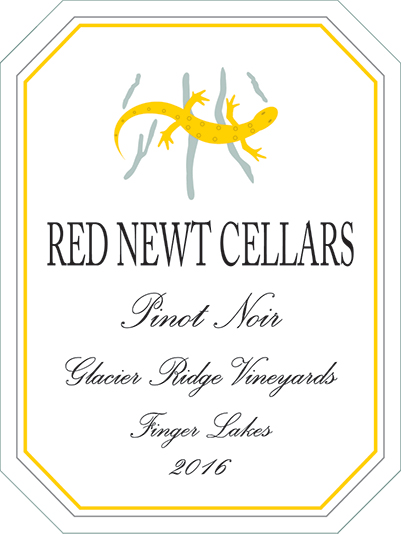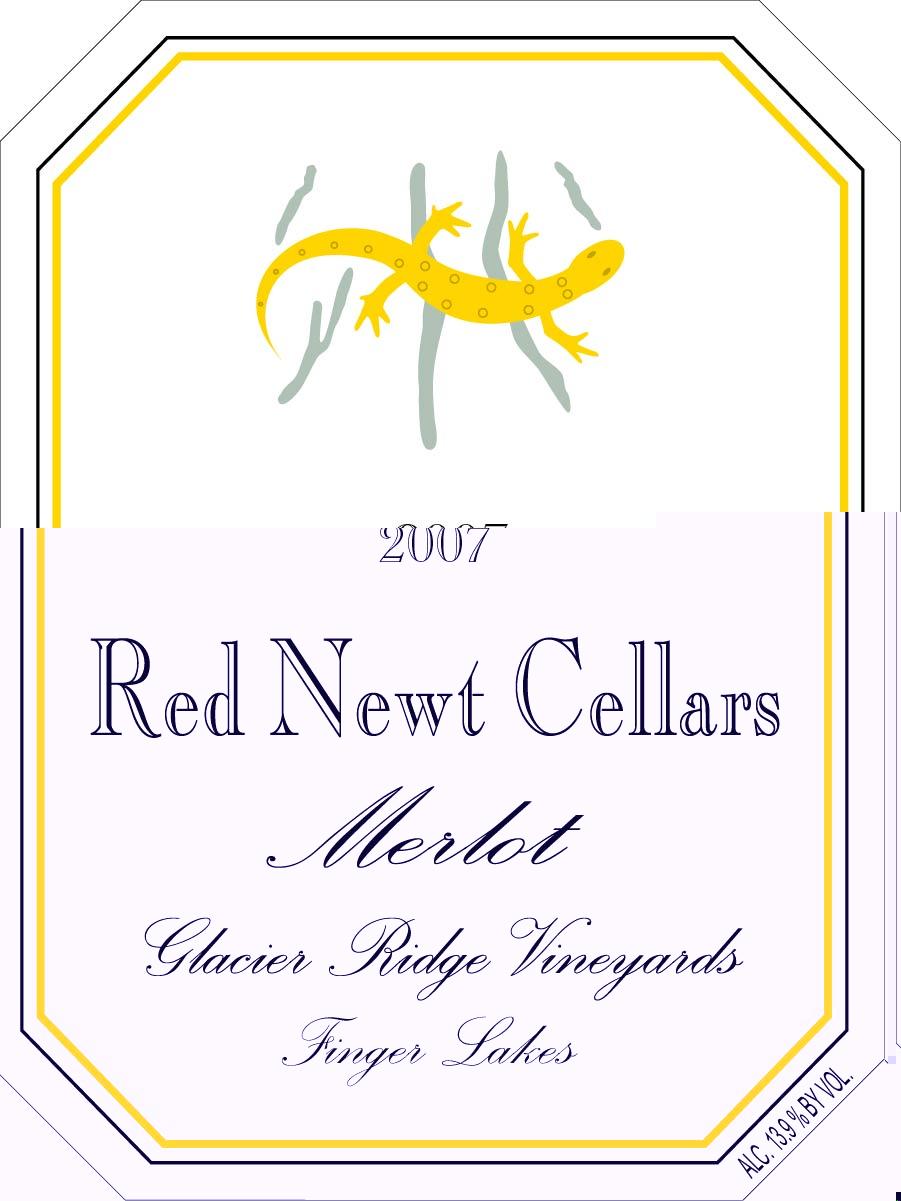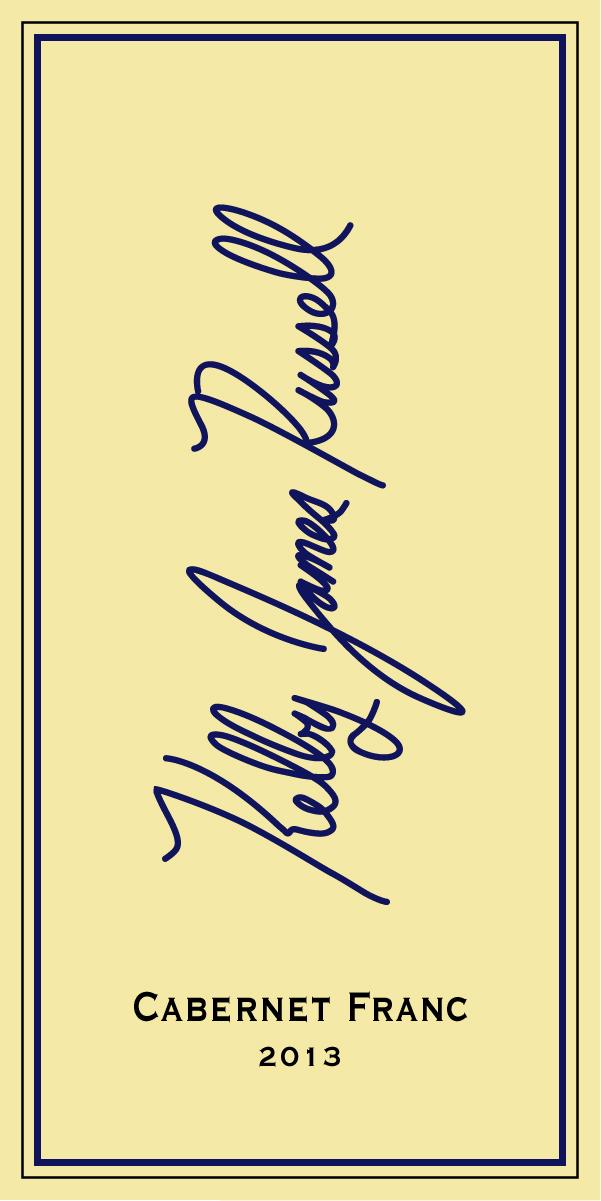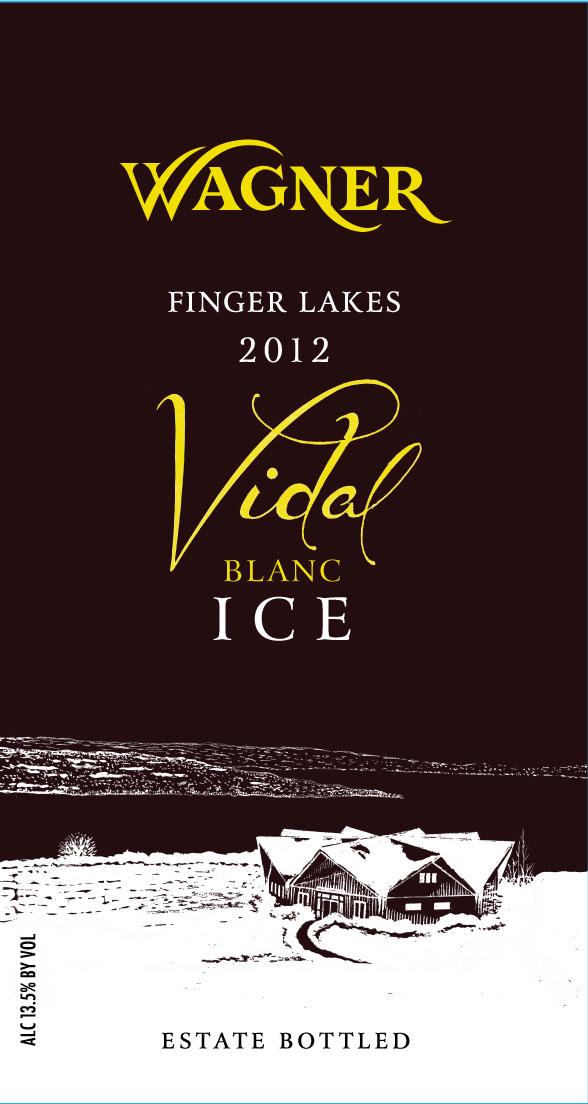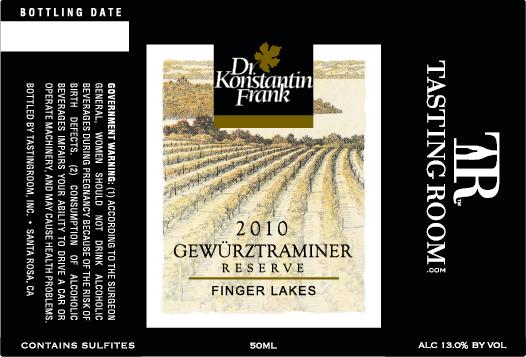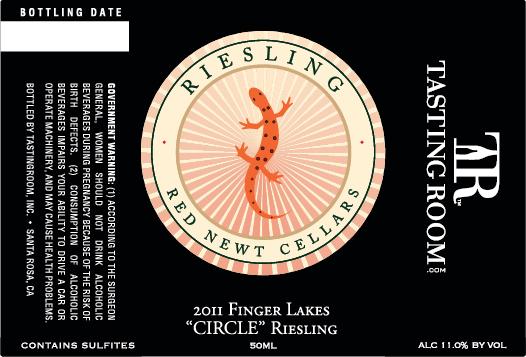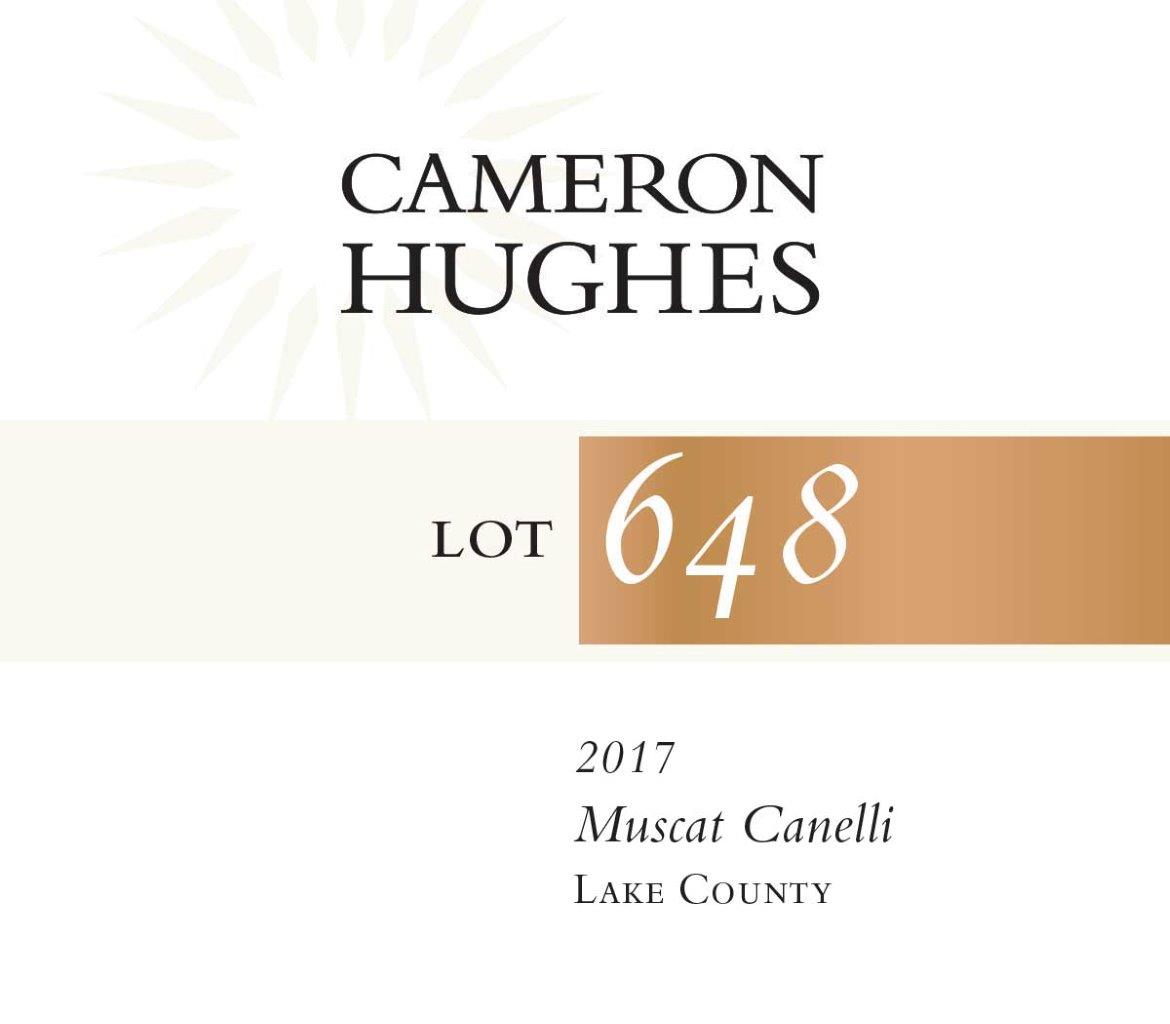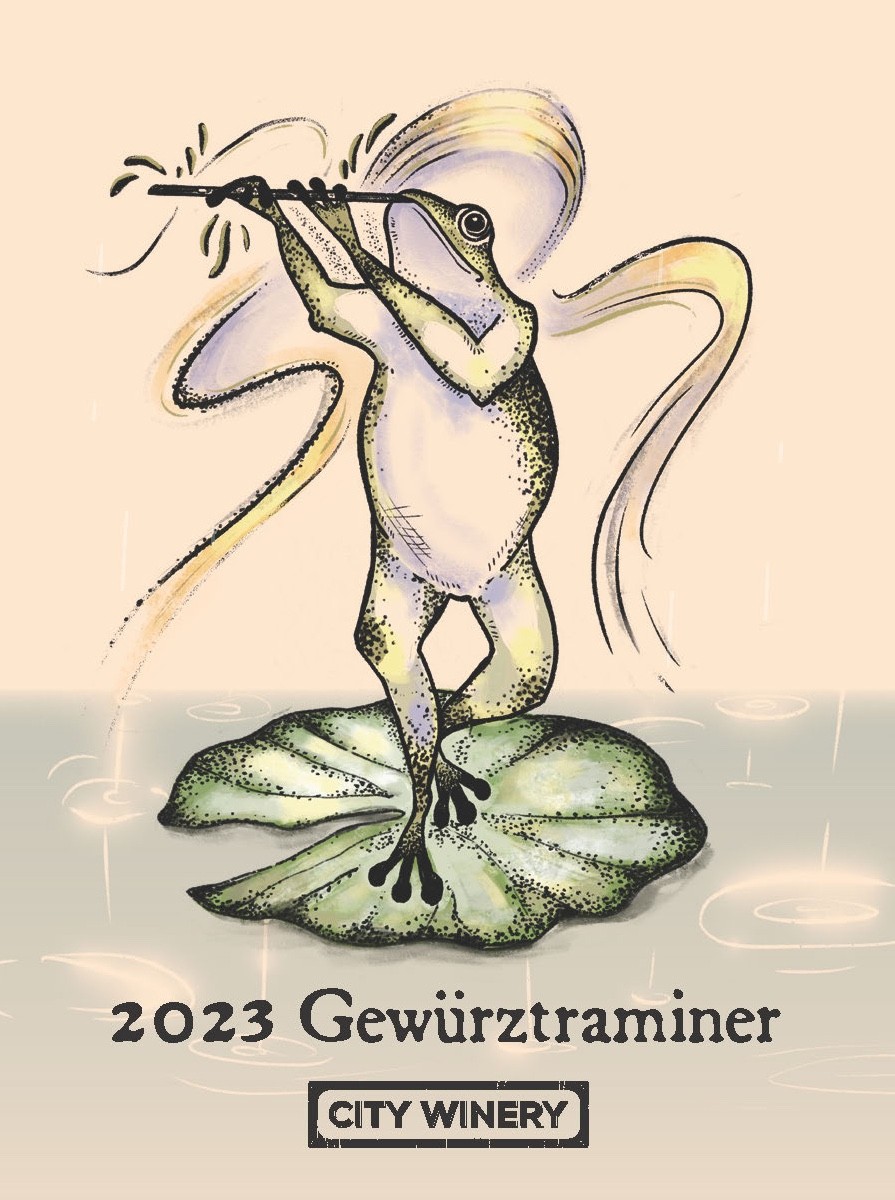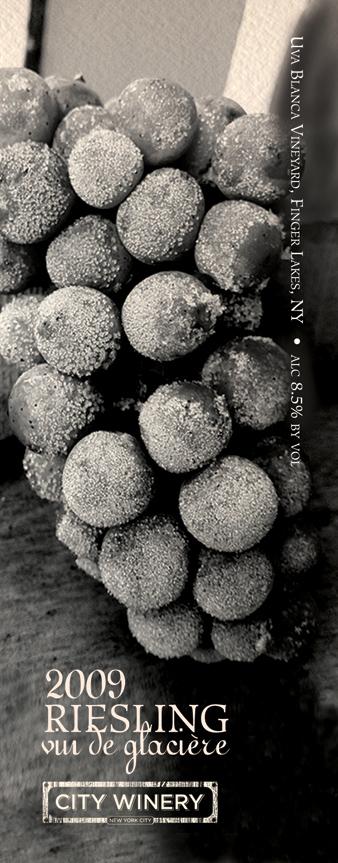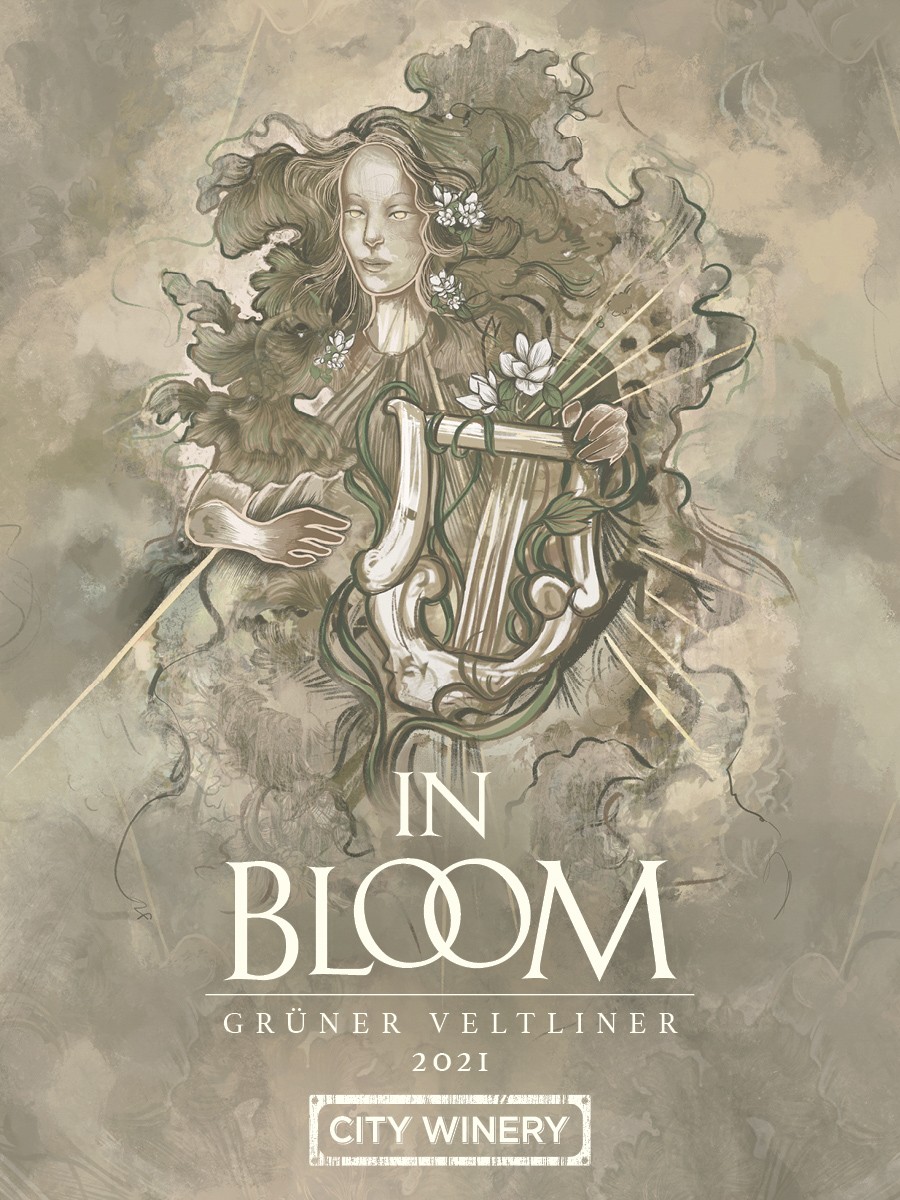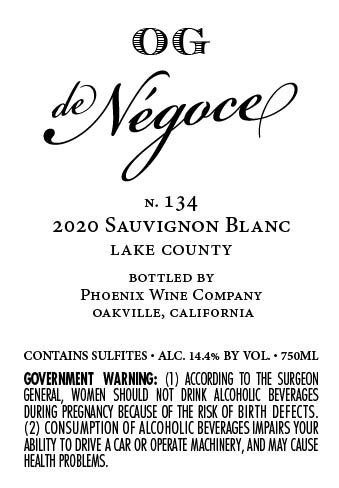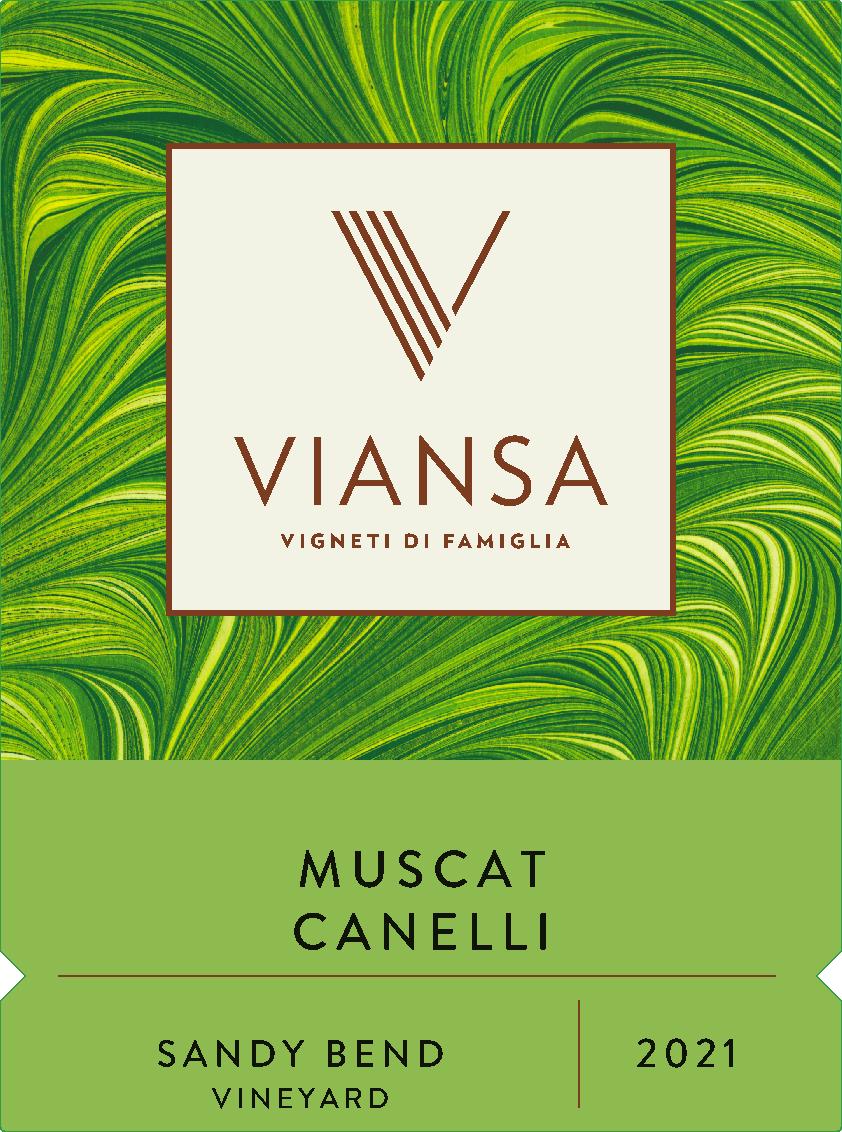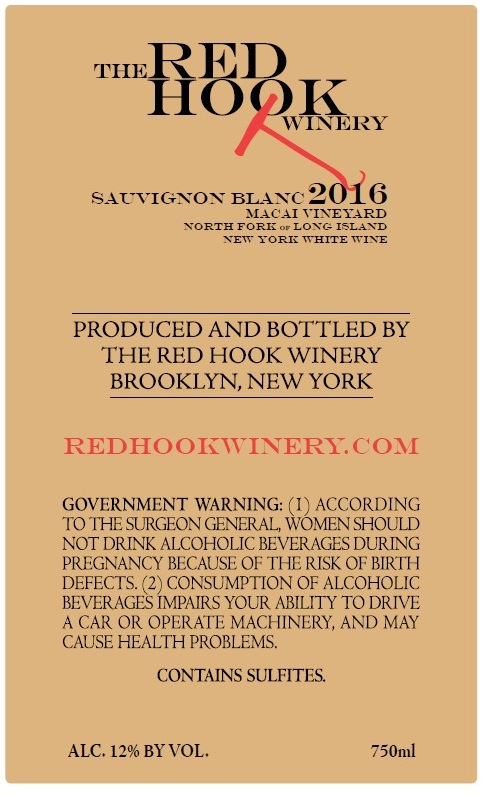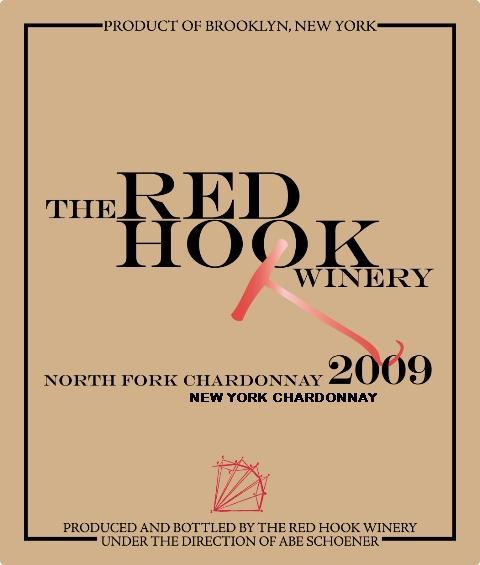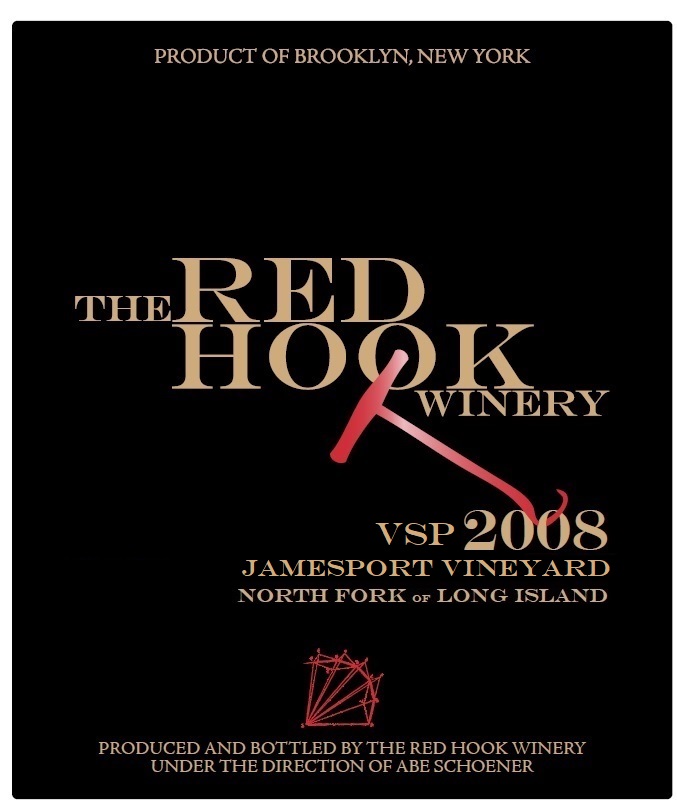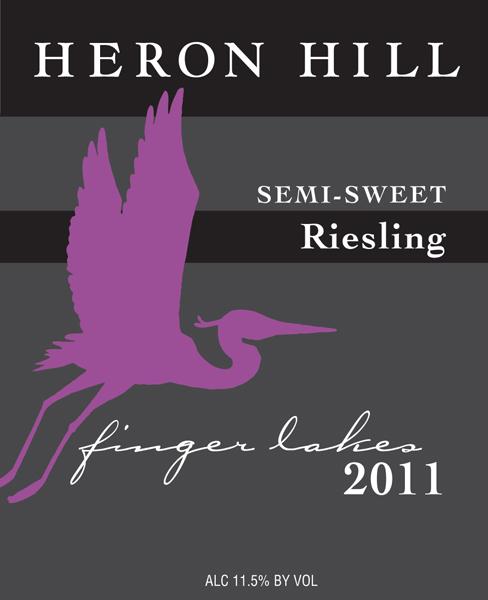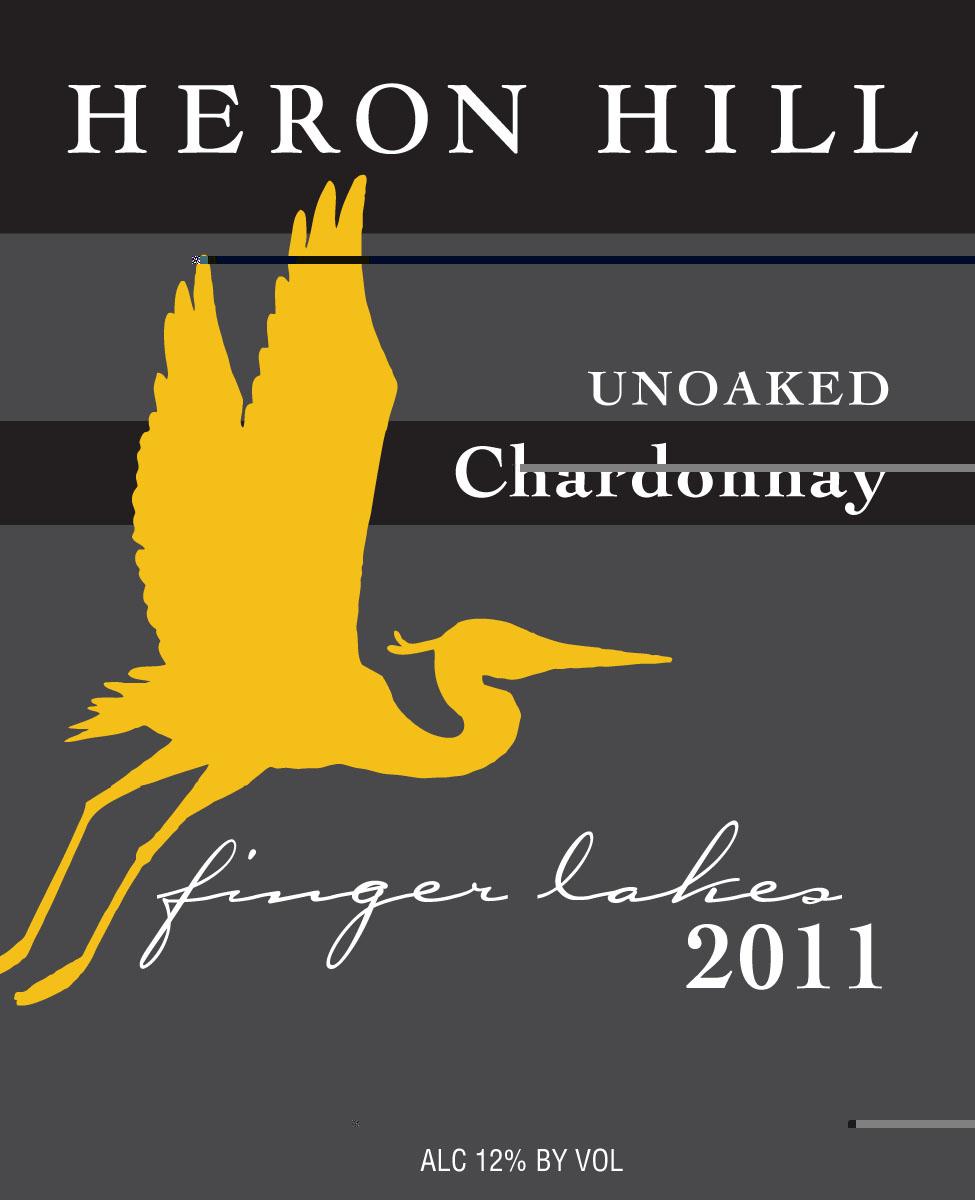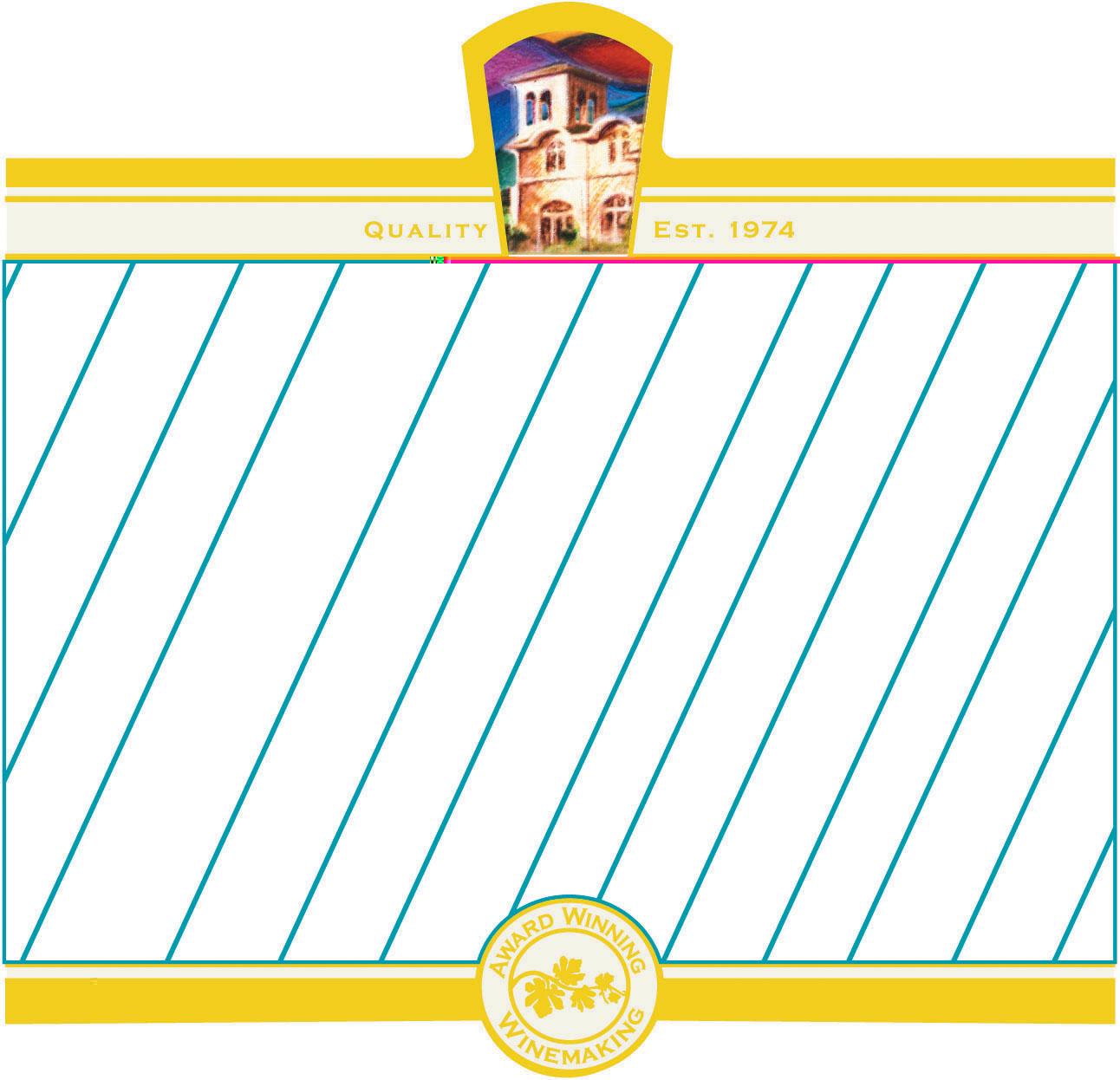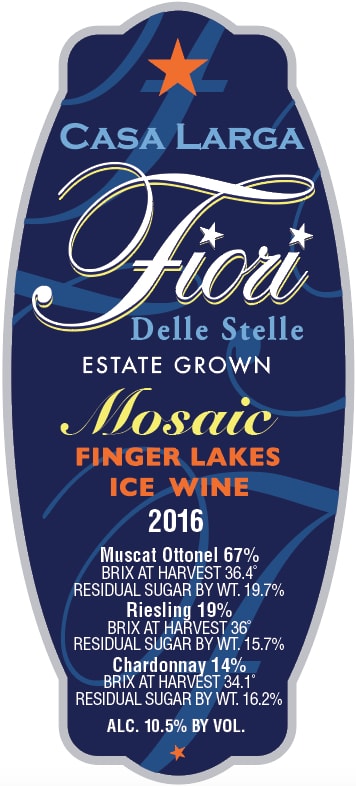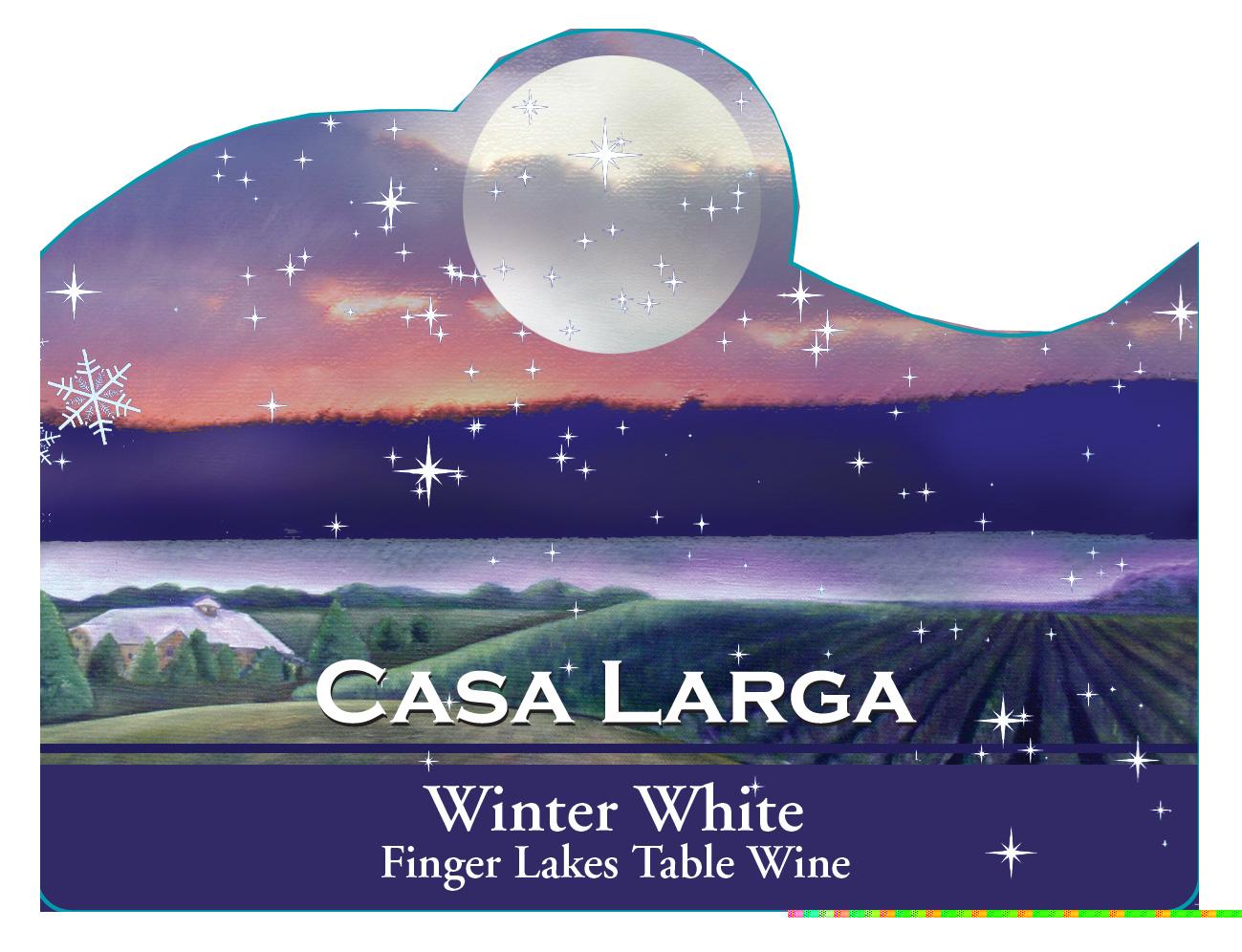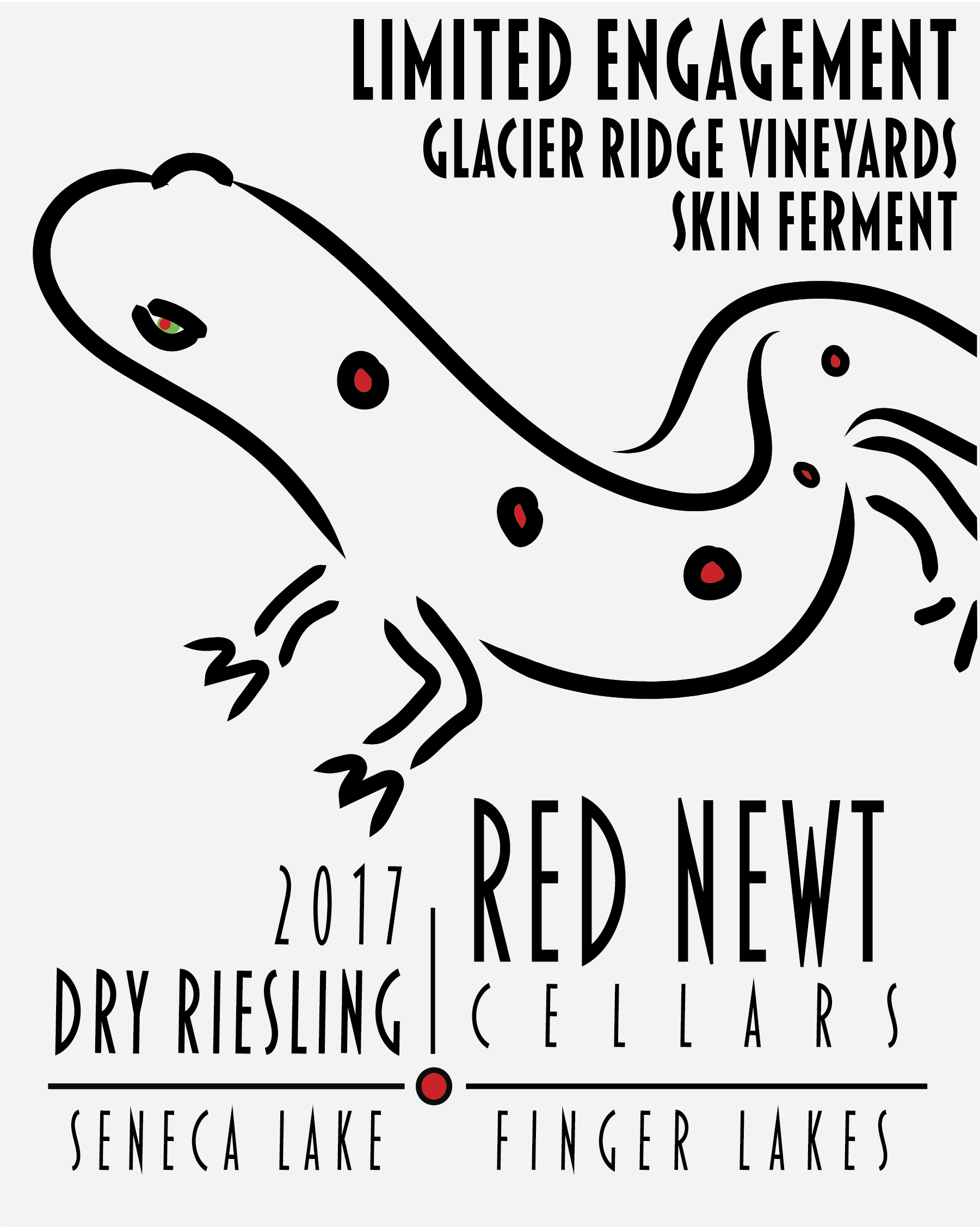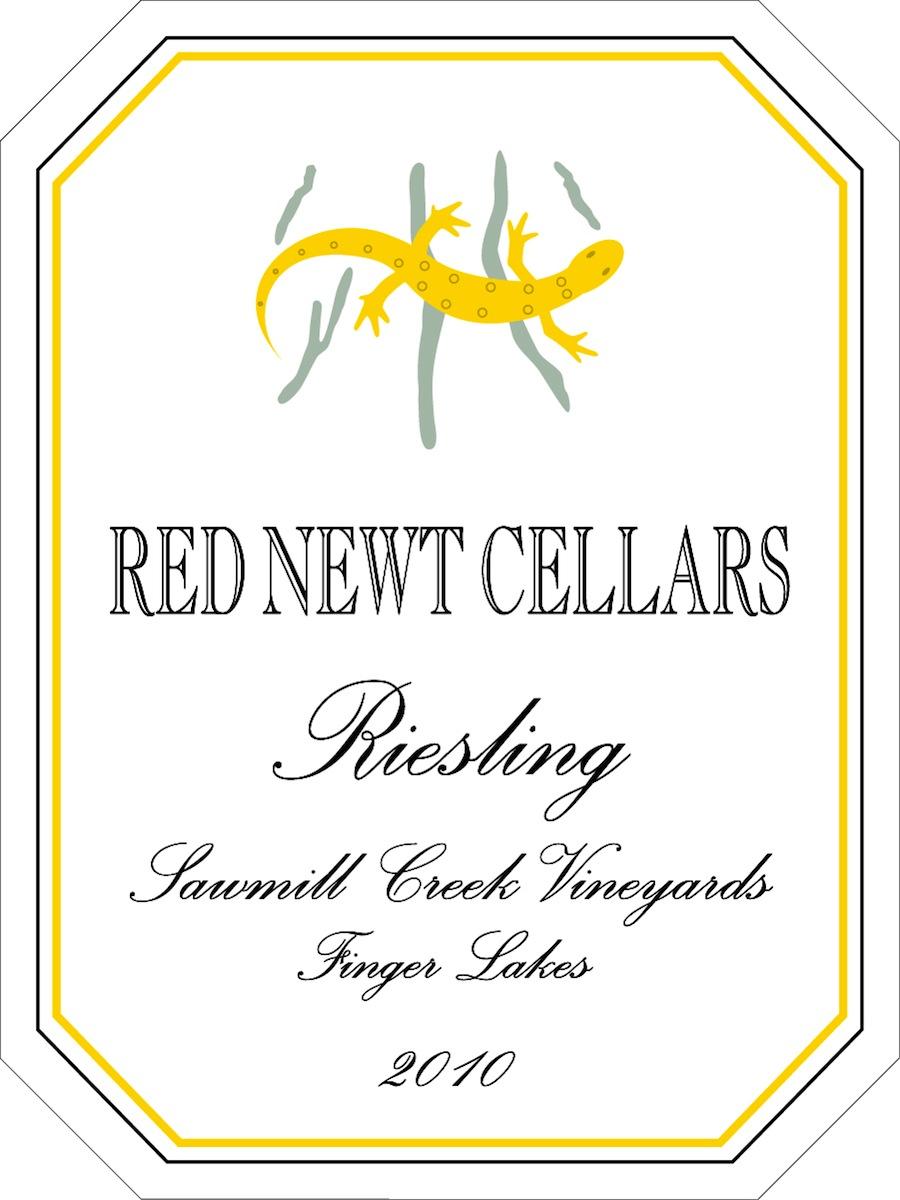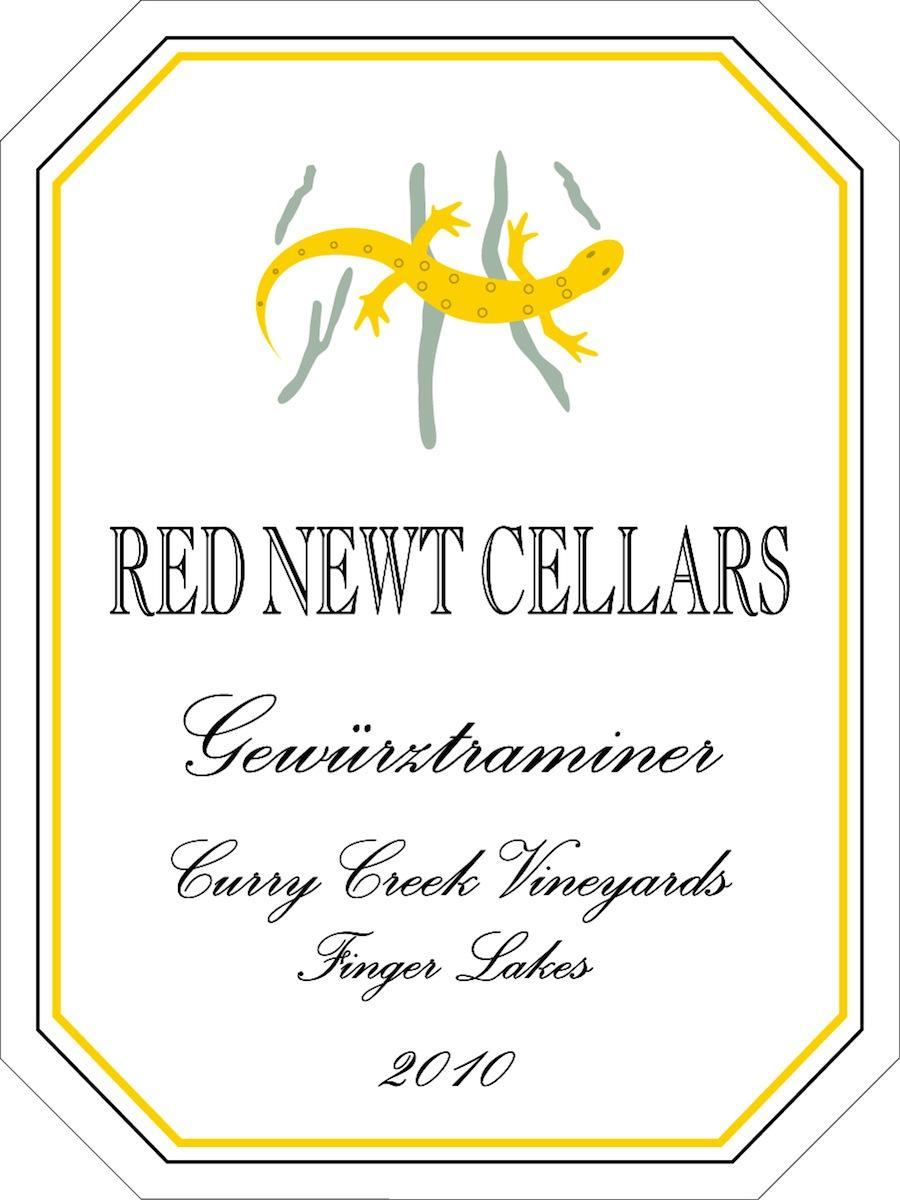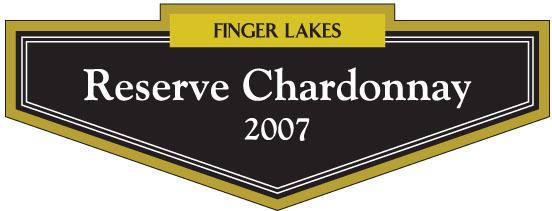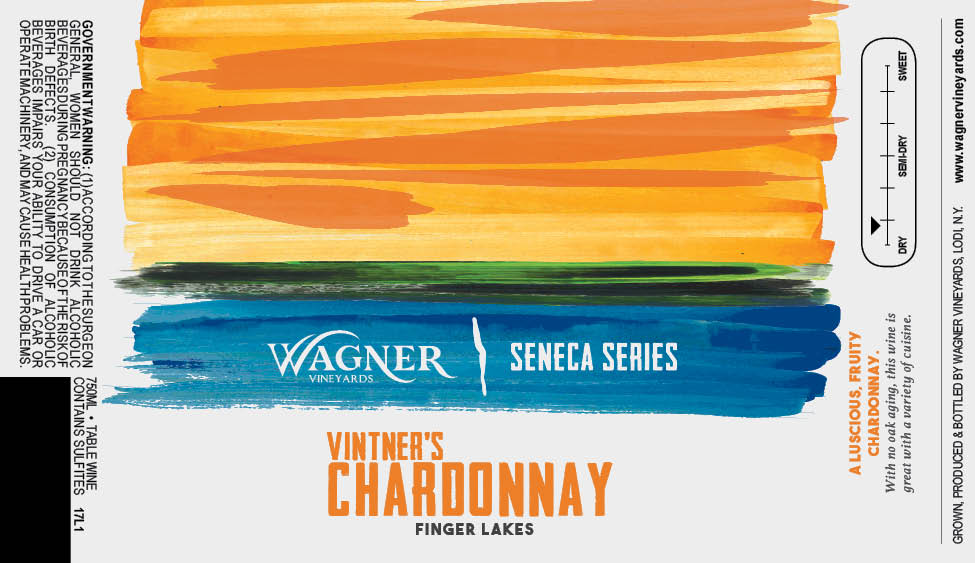Terroir of New York
Finger Lakes' terroir is shaped by its glacial lakes, which provide warmth and extend the growing season despite the 43°N latitude. The lakes' influence, combined with warm summers and long autumns, allows grapes like Riesling to develop slowly, preserving their acidity. The region features well-drained soils, including pockets of black shale, ideal for vines.
Each lake creates distinct microclimates: warmer areas near eastern Seneca and western Cayuga are perfect for robust reds, while cooler spots excel in producing crisp whites and ice wines. Despite ample rain and snow, the sloping terrain ensures good drainage, reducing disease pressure. The result is wines with crisp acidity and pure fruit flavors, embodying a true cool-climate profile.
Notable Wineries in New York
New York’s wine scene, with its blend of historical richness and modern innovation, is home to several notable wineries that have shaped the state’s reputation. Here are a few standouts:
-
Dr. Konstantin Frank Winery: A Finger Lakes pioneer, known for showing that European grapes can thrive in cold climates, especially with its acclaimed Rieslings.
-
Hermann J. Wiemer Vineyard: Celebrated for its top-tier Rieslings and sustainable practices, this Seneca Lake winery is a beacon of quality and terroir expression.
-
Brotherhood Winery: As the oldest operating winery in the U.S., located in Hudson Valley, it offers a rich slice of history with its diverse wine selection.
-
Bedell Cellars: A Long Island trailblazer, renowned for its Merlot and innovative blends, marking its place in national events like presidential inaugurations.
Sustainable Winemaking in New York
New York's wine industry is increasingly committed to sustainability, with initiatives like the New York Wine & Grape Foundation's VineBalance certification setting rigorous eco-friendly standards. This program evaluates vineyards on 144 criteria, focusing on reducing chemical use, conserving energy, and enhancing community impact. Long Island's pioneering sustainable practices, tailored to its unique maritime climate, have inspired broader statewide adoption.
Many vineyards are adopting organic and biodynamic methods, including cover cropping and organic fertilizers, to enhance soil health and minimize environmental impact. Energy-efficient technologies and eco-friendly packaging also play crucial roles in reducing carbon footprints. Social sustainability is equally prioritized, with family-run vineyards supporting local labor and agritourism initiatives. Collaborations with research institutions, like Cornell’s extension programs, help develop disease-resistant grape varieties, further reducing the need for chemical interventions. New York’s holistic approach is setting a benchmark for responsible winemaking.
Wine Tourism in New York
New York’s wine tourism is a vibrant sector, deeply intertwined with the state’s rich winemaking heritage and diverse landscapes.
The Finger Lakes region stands out for its scenic wine trails and stunning lake views, offering visitors a chance to explore vineyards along picturesque routes. Long Island provides a unique coastal wine experience, mixing vineyard tours with cultural events, while the Hudson Valley offers a blend of modern wineries and historical sites. Even lesser-known areas like the Champlain Valley are gaining attention with their distinctive cold-hardy wines.
Across these regions, wineries enhance the visitor experience with farm-to-table dining, engaging events, and outdoor activities. This combination of natural beauty, innovative winemaking, and warm hospitality ensures that New York’s wine regions remain a popular destination for wine enthusiasts. With a focus on sustainability and terroir-driven excellence, New York continues to attract and inspire visitors year after year.



